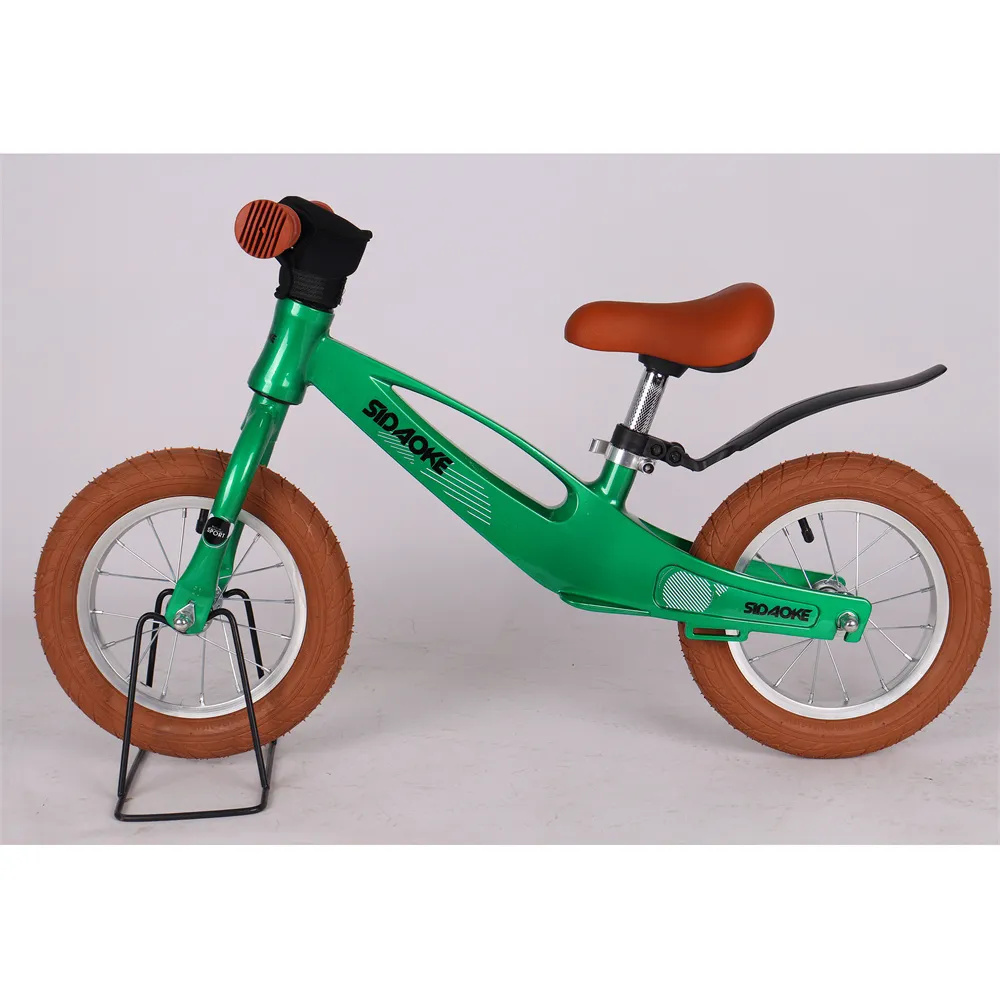mountain bike selection
Selecting the Right Mountain Bike A Comprehensive Guide
Mountain biking is an exhilarating sport that combines the thrill of riding with the beauty of nature. Whether you're a seasoned pro or a beginner, choosing the right mountain bike is crucial for maximizing your riding experience. In this article, we will discuss the key factors to consider when selecting a mountain bike that best suits your needs.
1. Determine Your Riding Style
The first step in selecting a mountain bike is to identify your riding style. Are you planning to tackle rugged trails, or do you prefer leisurely rides on smoother paths? There are several categories of mountain bikes, including cross-country (XC), trail, enduro, and downhill bikes. Cross-country bikes are lightweight and designed for speed, whereas trail bikes strike a balance between climbing efficiency and descending capabilities. Enduro and downhill bikes are suited for more aggressive riding and handling steep descents.
The material of the bike frame significantly impacts performance and weight. Common materials include aluminum, carbon fiber, and steel. Aluminum frames are popular for their balance of weight, cost, and stiffness. Carbon frames are lighter but often pricier. Steel frames, while heavier, can provide a smooth ride and are known for their durability. Consider your budget and the performance characteristics you desire when choosing frame material.
3. Suspension Type
mountain bike selection

Mountain bikes come with different suspension systems, primarily classified into hardtail and full-suspension. Hardtail bikes have a suspension fork in the front but no rear suspension, making them lighter and efficient for climbing. They are ideal for cross-country riding. Full-suspension bikes, on the other hand, have both front and rear suspension, providing better shock absorption and control on rough terrain. They are perfect for tackling technical trails but are usually heavier and more expensive.
4. Wheel Size
Mountain bikes come in three common wheel sizes 26-inch, 27.5-inch (650B), and 29-inch. Larger wheels, like the 29-inch, roll over obstacles more easily and offer better traction, making them excellent for cross-country and trail riding. However, smaller wheels provide quicker acceleration and more maneuverability, which can be advantageous in tight technical sections. Your choice should depend on the type of terrain you will be riding most frequently.
5. Fit and Comfort
Finally, comfort is essential for an enjoyable ride. Ensure the bike fits you properly test ride various sizes, and pay attention to the frame geometry and seat height. A well-fitted bike will enhance your control and minimize fatigue during longer rides.
In summary, selecting the right mountain bike involves understanding your riding style, considering frame material and suspension type, choosing the appropriate wheel size, and ensuring a proper fit. By weighing these factors, you'll be well on your way to finding the perfect mountain bike that will enhance your riding adventures for years to come. Happy riding!
-
The Perfect Baby TricycleNewsAug.11,2025
-
Ride into Fun with Bikes for KidsNewsAug.11,2025
-
Ride into Adventure with the Perfect Kids Balance BikeNewsAug.11,2025
-
Fun and Safe Riding with the Best Childrens ScootersNewsAug.11,2025
-
Find the Perfect Childrens Bike for Your Little OneNewsAug.11,2025
-
Explore the Best Baby Tricycles for Your Little OneNewsAug.11,2025
-
Three-Wheel Light-Up Scooter Benefits for KidsNewsJul.11,2025








